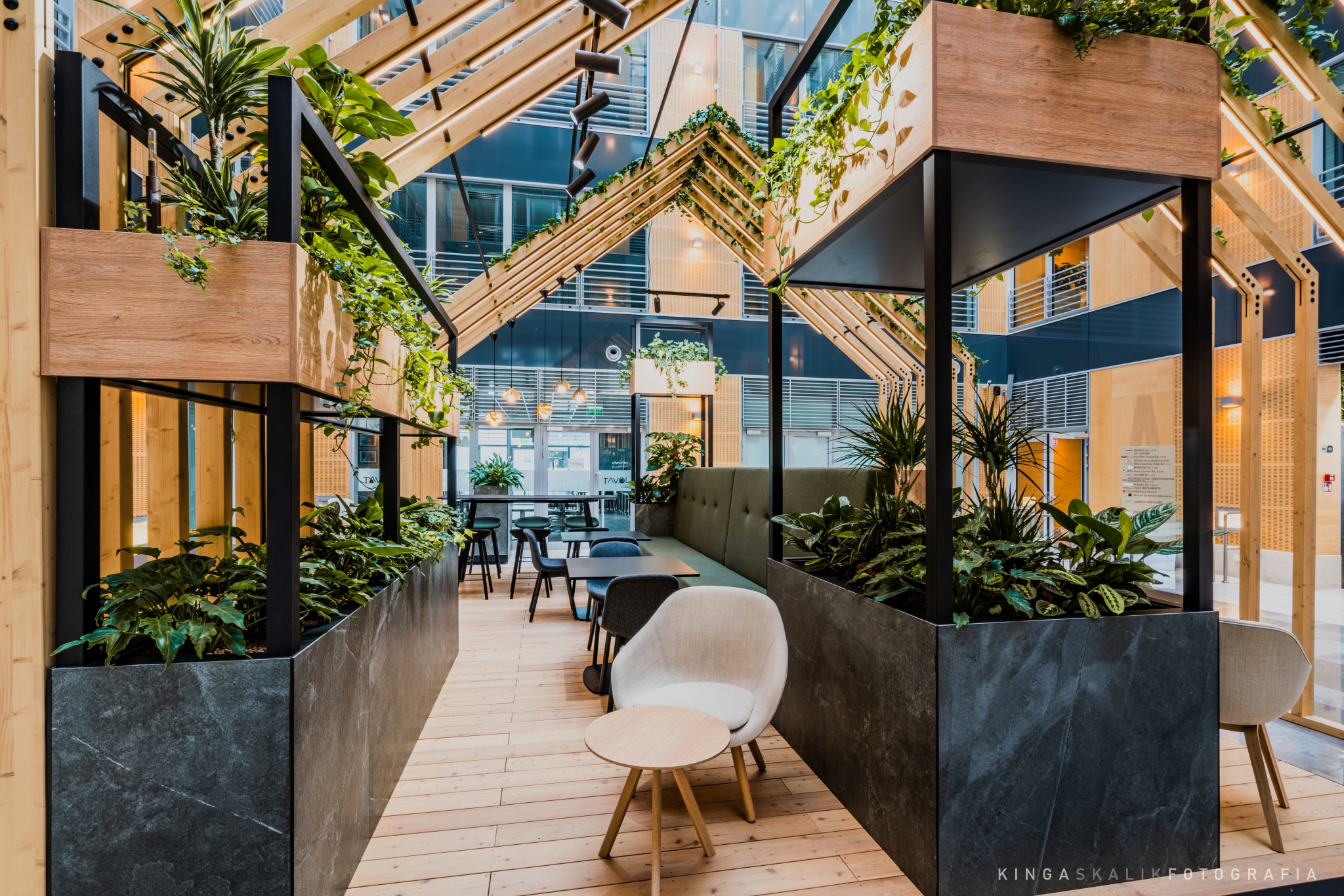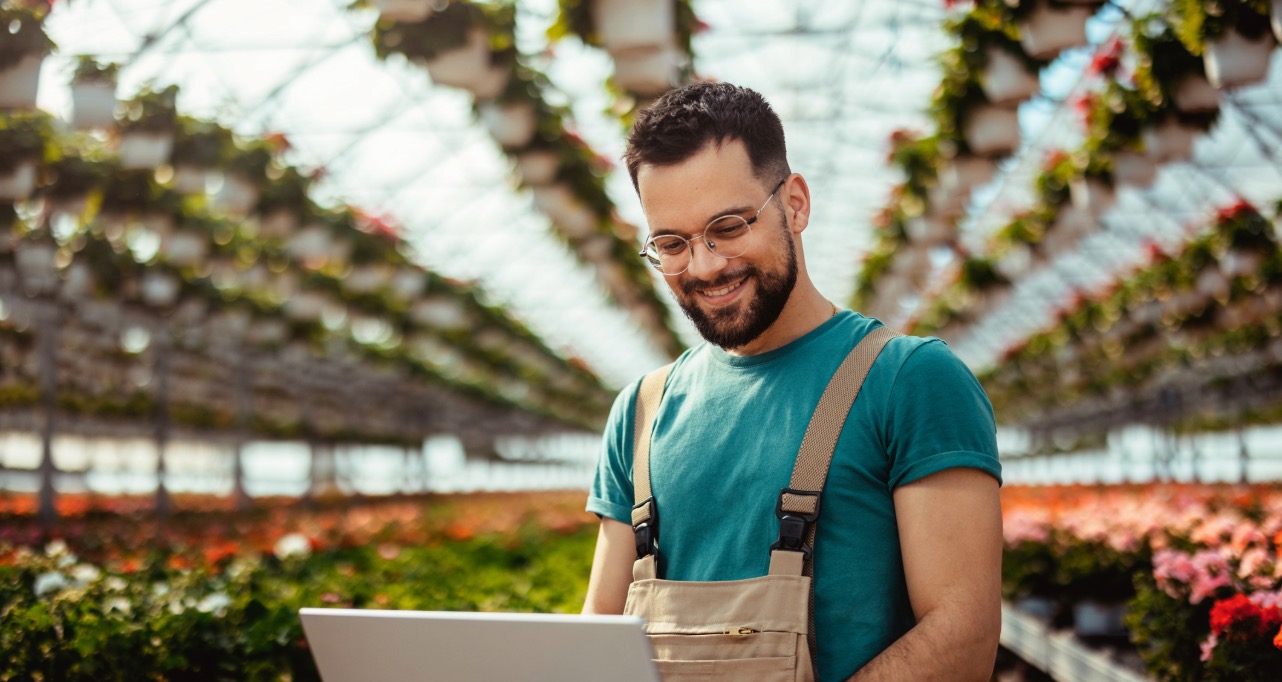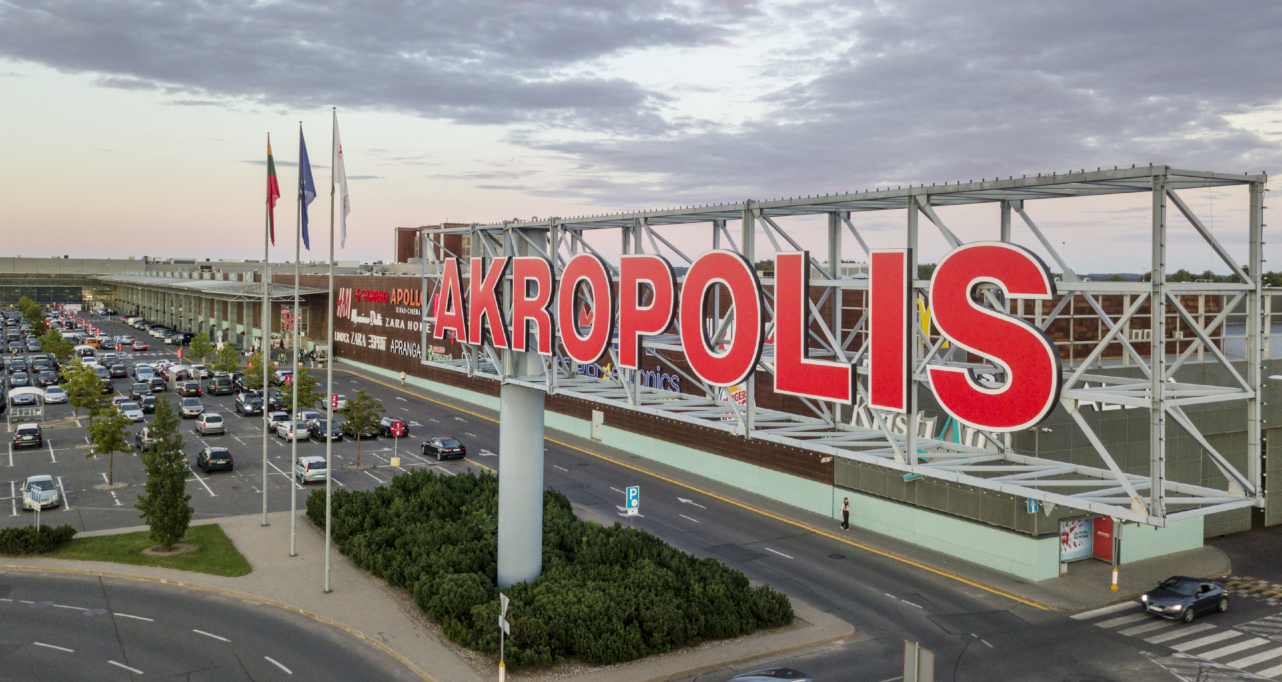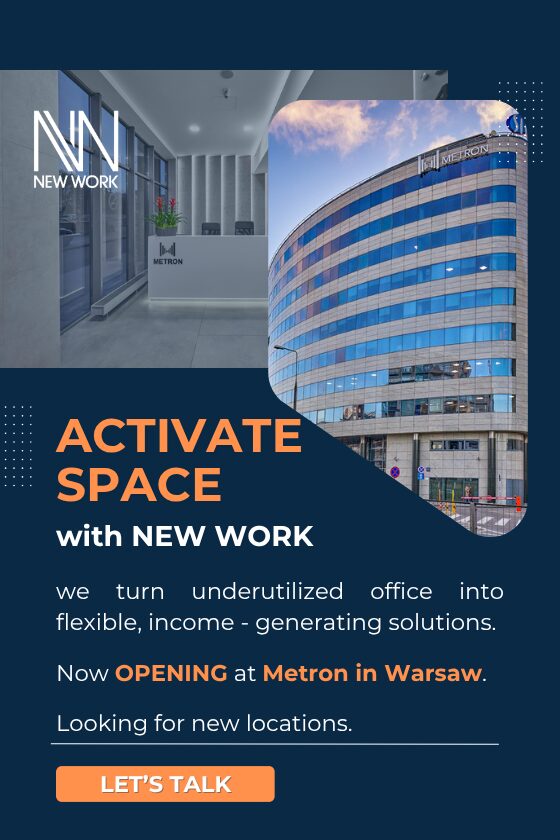The rapidly growing trend of biophilic design, i.e. restoring nature to human surroundings, accompanies us both in commercial and private spaces. The introduction of natural materials, lighting and, of course, plants into interiors are becoming more and more popular. As observed by Tétris, the market leader in the fit-out of commercial spaces, the fashion for sustainability started before the pandemic, but recently it has become even more popular. This is compounded by the changes that have taken place in the way property managers and employers see office function, putting employee comfort at the heart of the equation.
The hybrid work model is changing the face of offices on many levels. Corporations are recognizing the need to redesign their interiors and adjust them to the new needs of users. Concern for health, a friendly, homely atmosphere, and general “well-being” have already come to the fore. Now it is accompanied by the desire to provide an even greater sense of safety. More attention is being paid to making employees feel at ease in the office space to assure they would be eager to spend time and work there. The right conditions can be the way to attract them.
“Undoubtedly, the pandemic has reinforced the need to be closer to nature, to return to the roots. So it was quite natural for biophilic design to enter the private and commercial interior design in 2020, and so far it has stayed with us, probably for good. It’s all about designing with a focus on creating spaces inspired by nature that surrounds us. In the fit-out of offices, we are increasingly using materials such as wood, felt, natural fabrics or stone. There are more patterns, pleasant to the touch textures and lighting resembling natural. And of course plants – whether in pots or as whole green walls,” Anna Rębecka, Senior Creative Architect, Tétris.
Planting good vibes
Communing with nature can be beneficial in many ways: from lowering stress levels and restoring emotional balance, to influencing regeneration and increasing creativity, productivity and well-being, to reducing absenteeism at work. It allows to regain balance and recreate natural conditions for work, learning and daily functioning.
While introducing green plants to office spaces designers have in mind not only their decorative functions. They are also used as natural partitions, which calm down, improve acoustics and create an intimate climate.
“An important role of plants is to purify the air and increase its humidity. That is why they significantly affect the comfort of a room. They can positively impact people’s efficiency, well-being and also warm up the interior. This is even more important in recent trying times. After months of remote or hybrid work employers want to encourage employees to return to the office, creating conditions that are associated with home, but also by ensuring an ergonomic and health-friendly working environment. Greenery is very helpful in this endeavour,” said Anna Rębecka.
Until recently, green plants in offices were a luxury, and today they are an essential element of their finishing. However, still, many companies do not decide on them, because they are afraid of high maintenance costs. The answers to these problems are, among others, green walls and appropriate systems supporting care.
Green lobby in Marynarska Point office building
A good example of introducing plants to office interiors is a project completed in 2020 for Sandres Investments. Experts from Tétris delivered a fit-out of the entrance zone of Marynarska Point 2 office building in Warsaw. The revitalization included refreshing the reception area, atrium, elevator lobbies and public toilets on the ground floor – a total of 390 sqm of space. In the centre of the lobby, Tetris put a wooden construction of a cottage with lots of exotic greenery, tables and sofas. The location of this meeting and relaxation zone as well as the layout of the room affect the circulation of traffic through the lobby in such a way as to force people to walk near it. “The cottage” invites you to stop in the green jungle where you can relax among soothing plants.
“The idea for the new lobby arrangement was born from the concept of creating a green oasis in a concrete desert. The modernization of the common areas was aimed at transforming this hitherto little-used space into a meeting place, vibrant with life, encouraging relaxation or work in pleasant surroundings. At the entrance, guests are greeted by a green wall behind the reception desk, which draws the eye to the overflowing with plants openwork structure in the heart of the atrium. We proposed the simplest shape of the house with a gable roof, which strengthens the impression of intimacy and cosiness. Inside we placed a sofa with a high backrest absorbing sounds and additional tables, armchairs and chairs. The plants improved the lobby’s acoustics and air humidity,” said Anna Rębecka.
Plants were meticulously selected so that they could easily live in this enclosed space. They grow, thrive and create a real jungle. The company responsible for the introduction of greenery to this space, and its maintenance, is 4Naturesystem – Wertykalni, which used innovative solutions for irrigation and plant maintenance.
“The design and arrangement are based on climbing and air-filtering plants. There are also some kinds that can easily adapt to the more difficult living conditions in office buildings, including Philodendron Scandens and Brasil, Epipremnum aureum, Zielistka, Aglaonema. The pots also featured exotic varieties such as Philodendron Xanadu and Monstera Delicious,” said Iwona Kastunowicz, Head of Commercial Development, 4Nature System – Wertykalni.
“In the project, we used more than 11 sqm of plants, in two systems – single-point vegetation in the common area and a vertical system based on proprietary 4NS module technology and IoT technology in the lobby. This last one allows remote control of irrigation cycles, water levels in tanks and measuring moisture of dirt. The microcontroller is connected to a Wi-Fi module that detects data via sensors and transmits it through a mobile app. This allows you to remotely monitor the status of the green wall and reduces the frequency of maintenance services. This is especially important during the pandemic while reducing the costs associated with plant care by an average of 30-50 percent. In addition, nutrient-rich water is recirculated, which ensures high efficiency in its use – saving up to 20 percent of water. Moreover, the vertical design allows for the introduction of more greenery in a small area,” she added.
“Garden Point” at Marynarska Point 2 is modernization in line with the latest trends, focused on people and their needs. It did not only concern the common areas inside the building but also the surroundings, where we have more greenery and urban furniture. Revitalization of the garden is an example of using not only the potential of the building itself but also its external part. It is also important to take care of the environment – the chosen plants are conducive to insects, especially pollinating ones, and at the same time eliminate the problem of excess water in the soil. With this in mind, the space has also been equipped with special houses for insects.
Foreign trends
In Europe as well as the rest of the world there are many examples of using the concept of building-integrated agriculture (BIA) in commercial office spaces. Greenhouse crops and gardens are being created on the roofs of buildings, which are increasingly appreciated and desired by corporations, as additional places for employees to relax outdoors.
“Innovative projects, also implemented by Tétris in various countries, include the installation of greenhouses on rooftops and vertical gardens in corporate spaces, with lasting social benefits. An inspiring example is the InteriorWorks office in Amsterdam. The interior is WELL certified and includes an indoor garden with herbs used to prepare meals for staff and a roof garden,” said Anna Rębecka.







